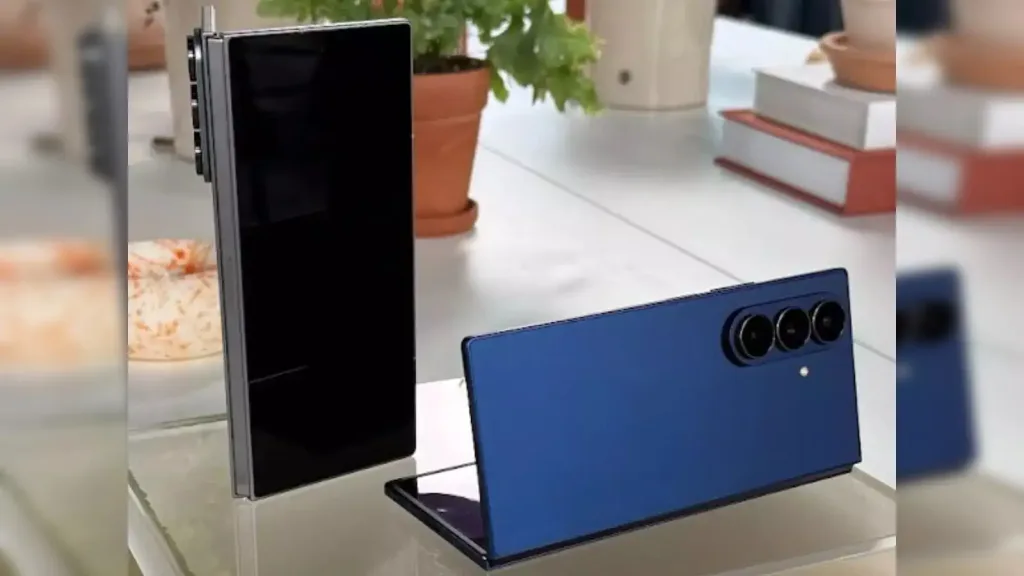In a surprising turn of events that has tech analysts buzzing, Samsung‘s mobile division head TM Roh has revealed a counterintuitive strategy: he’s perfectly fine with losing money on foldable smartphones. This bold admission comes as the company faces mounting pressure from Chinese rivals and declining sales numbers.
Table of Contents

The Foldable Reality Check
Six years have passed since Samsung introduced the groundbreaking Galaxy Fold, promising to revolutionize how we interact with mobile devices. Yet instead of conquering the market as predicted, foldable phones remain a niche luxury. Manufacturing costs have skyrocketed while market penetration has remained disappointingly low.
The numbers tell a sobering story. Samsung’s Galaxy Z Flip 6 saw a 21% drop in shipments compared to its predecessor, the Galaxy Z Flip 5. Industry analysts had predicted a 20% price hike for the upcoming Galaxy Z Fold 7 and Galaxy Z Flip 7, but Samsung delivered only single-digit increases instead.
The Strategic Gamble
So why is Samsung’s leadership comfortable with razor-thin margins? TM Roh’s explanation reveals a long-term vision that prioritizes market expansion over immediate profits:
“To expand foldable phones and democratize AI experiences, we decided to absorb those costs internally,” Roh explained to The Korea Herald.
This strategy acknowledges several harsh realities:
- Rising production costs due to global inflation and geopolitical tensions
- Expensive premium chipsets like Qualcomm’s Snapdragon 8 Elite and Samsung’s own Exynos 2500
- Fierce competition from Chinese manufacturers, particularly Huawei
The Huawei Factor
Samsung’s pricing strategy becomes clearer when viewed through the lens of competitive pressure. Huawei has been making waves in the foldable space, dominating the Chinese market and shocking the industry with the world’s first commercial tri-fold smartphone, the Mate XT. This achievement is particularly impressive given Huawei’s ongoing battle with U.S. export controls.
China represents the world’s largest smartphone market by volume, making it a crucial battleground for Samsung’s foldable ambitions. By keeping prices competitive rather than maximizing profits, Samsung appears to be fighting for market share in this critical region.

Looking Ahead: The Tri-Fold Future
Samsung isn’t just playing defense. The company is reportedly developing its own tri-fold device, rumored to be called the Galaxy G Fold, with a potential launch in Q4 2025. However, with limited production expected to begin in September, this appears to be more of a market test than a full-scale product launch.
The Bottom Line
Samsung‘s willingness to sacrifice short-term profits for long-term market positioning represents a significant bet on the future of foldable technology. By “democratizing AI experiences” and expanding foldable accessibility, the company is essentially investing in tomorrow’s mobile landscape today.
Whether this strategy pays off remains to be seen, but one thing is certain: Samsung is committed to leading the foldable revolution, even if it means losing money in the process. For consumers, this could mean more affordable foldable options and accelerated innovation in the coming years.








